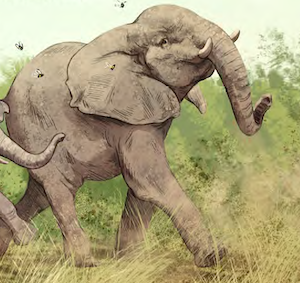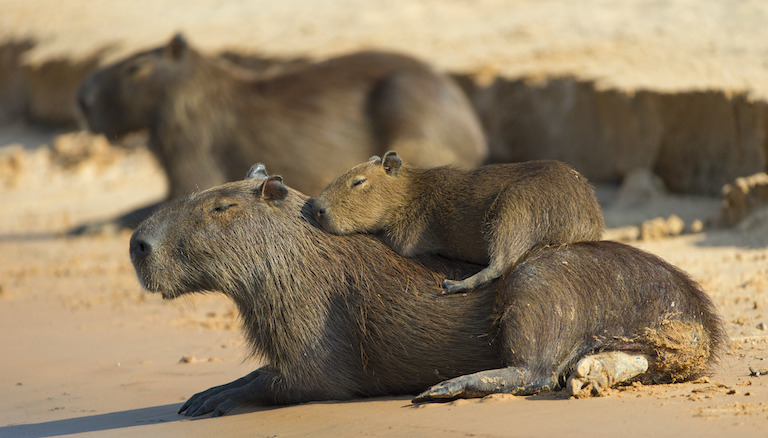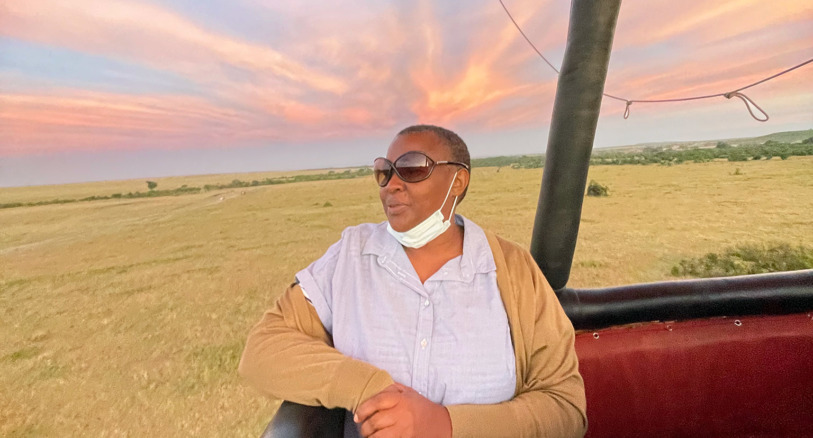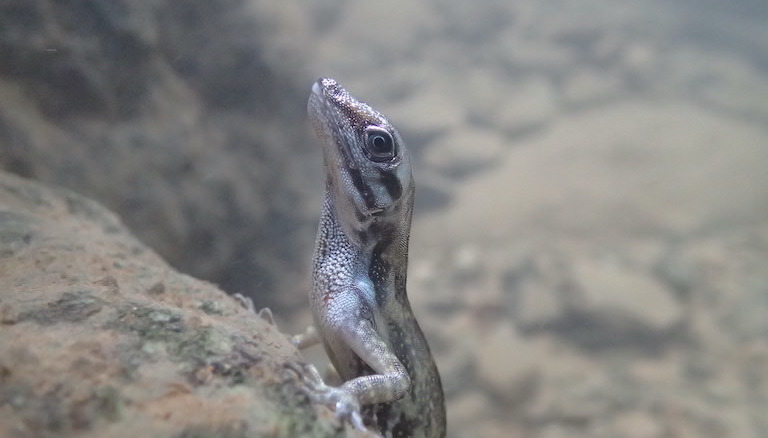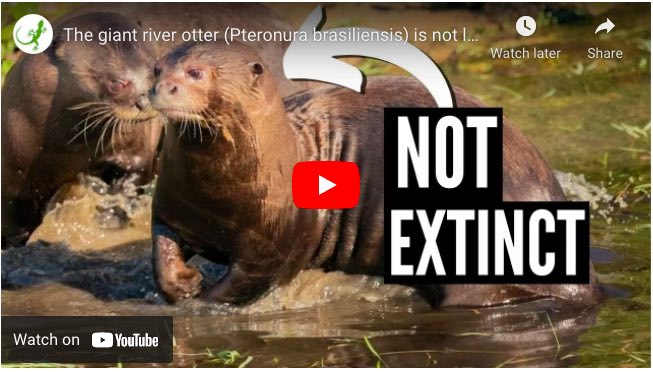Cutting-edge tech is changing the way we protect species and their habitats
Tech is part of our modern lives. Smartphones, smartwatches, fitness trackers, robotics, AI: these technologies are exciting, and they often make our lives easier. But did you know that there is also tech for conservation?
New gadgets and digital innovation are changing the way that scientists study and protect plants and animals, and their habitats. Scientists are using robots nicknamed WomBots to catch glimpses of wombats in their burrows, drones to track deforestation in the Amazon rainforest, and microphones and mini DNA detectors to figure out which species inhabit remote regions. Advances in tech are not only leading to amazing scientific discoveries, they are guiding conservation efforts.
Conservation tech is not just for scientists. You and your parents and friends can use tech to become citizen scientists and to protect the biodiversity of planet Earth. Read on to learn more!
Meet Meredith Palmer:
Meredith Palmer is a scientist and conservation tech expert at the organization Flora & Fauna International. Meredith uses conservation tech like camera traps to study and protect the wildlife of North America and Africa. We asked Meredith to tell us about the latest and greatest in conservation tech!
You can learn more about Meredith’s journey to become a scientist below the interview.

Meredith with a camera trap, and holding a tortoise. Images: Meredith Palmer
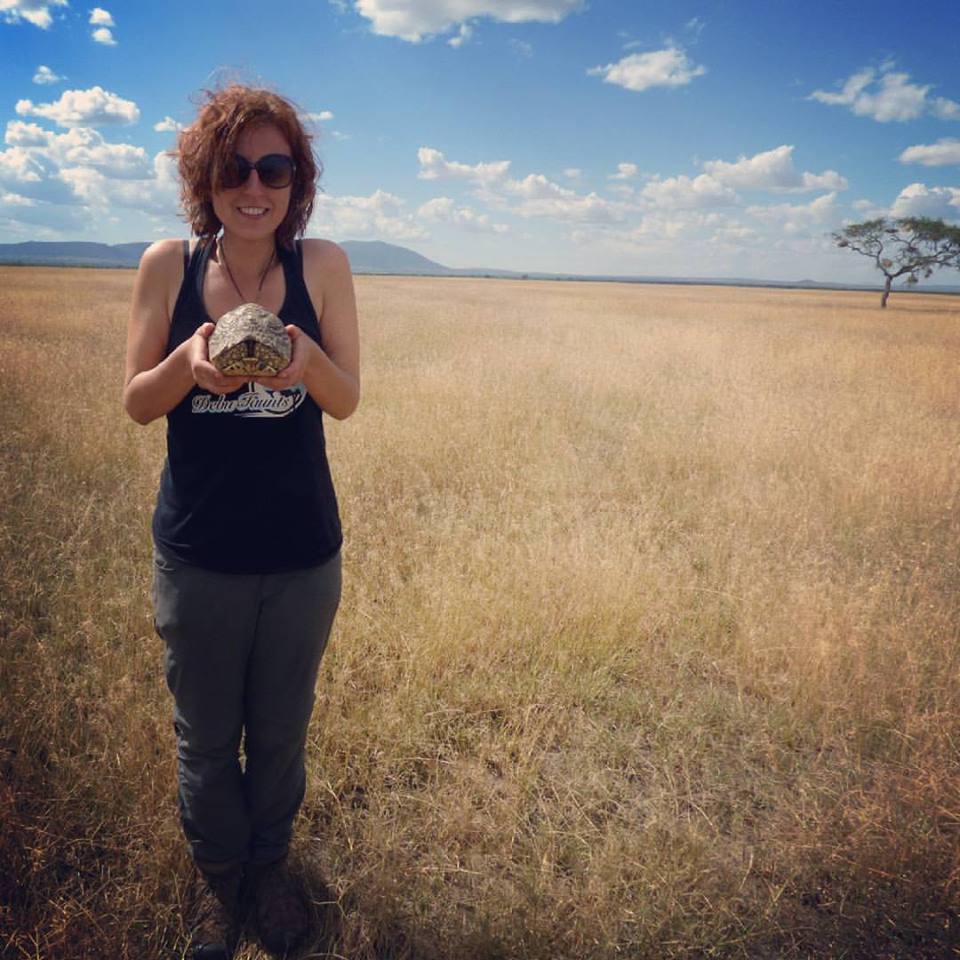
Discover conservation tech: An interview with Meredith Palmer
Mongabay Kids: Meredith, can you tell us about some exciting technologies changing the way we study and protect species and ecosystems?
Meredith: Technology is all around us, with new and improved technologies being invented every day. Just look at a smartphone – it’s packed with cutting-edge tech tools! There’s the artificial intelligence that recognizes your face, GPS satellite connection that locates you on a map, and voice recognition that can identify a catchy new tune, just to name a few.
We can take all these amazing innovations and apply them to solve wildlife conservation challenges. These tools can help us track animals, monitor their health, and even stop poachers from harming them. They can tell us about the animals living in a certain area and why they’re there, which helps us know where to focus our efforts to protect and preserve nature.
When conservationists team up with engineers and computer scientists, we can use technology to revolutionize how we study and protect species and ecosystems, helping us keep tabs on the health of our planet during this period of enormous environmental change.
Let’s look at some of the emerging technological innovations that are transforming how we tackle today’s biggest conservation challenges:
Camera traps: These hidden devices allow researchers a glimpse into the secret lives of animals. Field-rugged cameras are set up on trees and capture images of passing wildlife. These pictures let us see what animals are living in an area without disturbing them, and can also capture exciting information about their health, reproduction, and the behaviors of their daily lives!

Camera traps are often attached to trees. Image: Mongabay
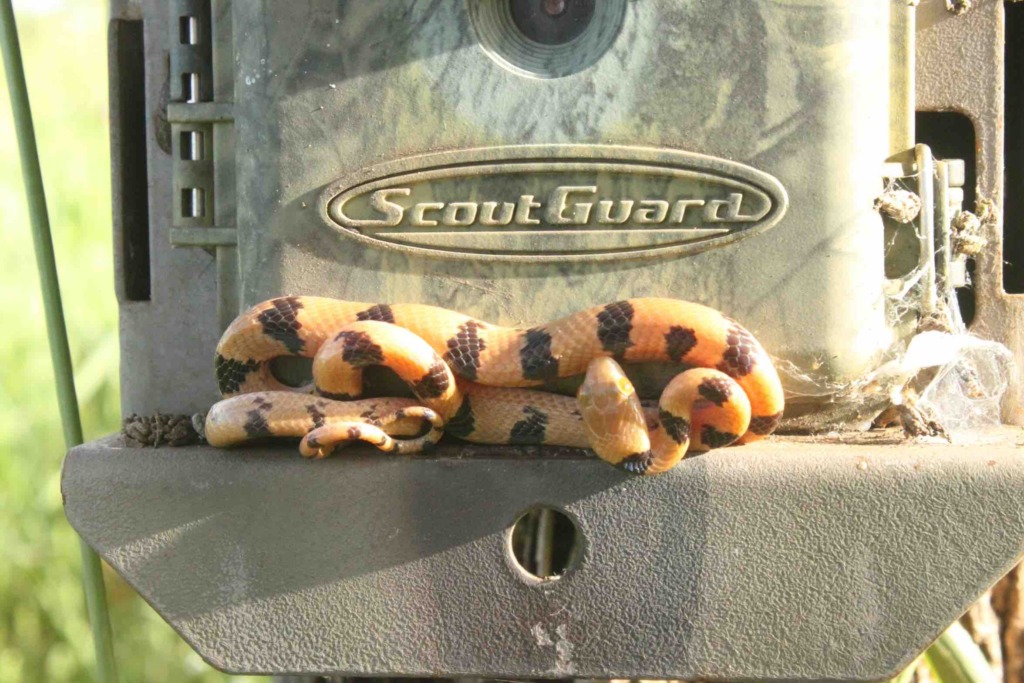
A snake visits this camera trap. Image supplied by Meredith Palmer
We deploy massive camera trap grids across Africa and North America, and work with teams that have similarly large projects all across the tropical regions. Right this minute, there are hundreds of thousands of camera traps out there in the world, capturing valuable data on mammals, birds, reptiles, and more! From these pictures, we can monitor how well animal populations are doing and identify any emerging threats to their safety.
Bioacoustics: In the same way that animal species look distinctly different from one another, they can also be uniquely identifiable from the sounds they make. Studying the calls of birds, frogs, insects, and other noisy animals is called bioacoustics. The different kinds of songs and calls these species make can tell us not only about whether they are present in an environment, but also what activities they are up to.
Scientists can use special tech equipment to record and analyze these sounds, helping us to understand how healthy ecosystems are. Like with camera traps, we can deploy durable devices in the field that capture these conversations. We are even able to record sounds that can’t be heard by the human ear, like high-pitched bat calls or low-pitched elephant rumbles!
Drones: Uncrewed aerial vehicles (UAVs), commonly known as drones, are flying robots that give us a bird’s-eye view of the world below. Soaring above the rainforests or oceans, drones help scientists to survey large areas quickly and efficiently, including places that are hard to reach or even dangerous for researchers to go on foot! Drones can capture all sorts of data, from images and acoustic recordings to thermal (heat) signatures that reveal hidden animals, or 3D laser scans of forests canopies.
In my opinion, the best wildlife ecology drone by far is the SnotBot. When whales come to the surface to breathe, they expel air – along with a lot of mucus – out through their blowholes. Without disturbing the whales, the SnotBot swoops in to collect this exhaled “snot,” which contains valuable information about whale health and stress levels. This is just one example of how drones can be used creatively in conservation to gather unusual but crucial information!

Southern right whales off the coast of South Africa. Image: Rhett A. Butler
eDNA: In every crime drama, intrepid investigators sweep the scene for DNA traces left behind by the perpetrator. In the same way, pioneering conservationists can collect the DNA shed by animals to solve mysteries in nature! Even very small traces of animal DNA left in the environment (environmental DNA or eDNA) from shed skin cells, hair, or mucus (snot again!) can reveal the presence of elusive animals and give us a detailed picture of the wildlife communities living there.
The beauty of eDNA is its simplicity to collect. Researchers can scoop up samples from various environmental sources – water, soil, snow, even air – to uncover a wealth of information about local animals. This valuable eDNA data can then be used to advocate for greater protection of these habitats.
AI: Increasingly, researchers are relying on the power of artificial intelligence (AI) to help us process and understand the images, sounds, and information coming to us from these new tech tools. Instead of relying on people to go through all the pictures, sounds, and other data to identify animals and their behaviors, computers can do the job much faster. These smart AI systems are built like human brains, where they learn to recognize different things and put them into categories. Harnessing this capability means that we can analyze mountains of data much faster and keep an eye on wildlife in real time.
We use AI in Africa to identify the 40+ different species that we capture on camera trap. If we used humans to look through all of our data, it would take us seven years to review a single year’s worth of pictures! AI can do the job in a matter of days, allowing us to react more quickly to any emerging threats. Our AI is also trained to count the number of babies so that we can assess how quickly wildlife populations are growing and also identify some animals down to individual (like leopards and zebras that have unique spots and stripe patterns).
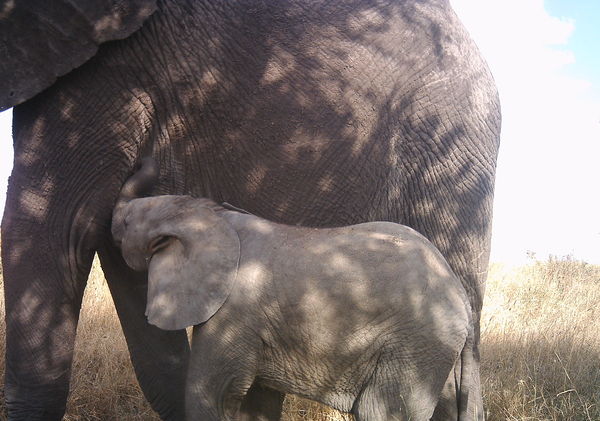
Elephants! Image supplied by Meredith Palmer
The future of conservation tech
Mongabay Kids: Which of these technologies are you most excited about and why?
Meredith: I’m super enthusiastic about the power of AI to revolutionize our ability understand animals and ecosystems, particularly how they change as human pressures on them continue to grow.
With the introduction of new technological innovations that allow us to gather more and more data from all sorts of different sources (such as pictures, sounds, snot), we’re becoming inundated with more information than any single researcher could work through in a lifetime. As threats often arise quickly, conservationists need to be just a quick in our ability to identify them and respond in order to protect wildlife communities. This is where AI steps in to make a massive difference! AI algorithms trained to recognize animal species and behaviors enable us to plow through massive piles of data in mere fractions of the time it would take humans, allowing us to unlock critical information on relevant time scales.
AI has made astounding progress in the last few years. AI that once required massive supercomputers can now be run on itty bitty computers built into the devices, like camera traps or acoustic monitors, that we deploy in the field. These tiny AI algorithms can process data as it is collected, providing instant insights (an example is the Sentinel from Conservation X Labs). For instance, if a rare species or a poacher is detected, the AI can immediately alert researchers, allowing for rapid response to emerging threats.
There are other ways conservationists can use AI in our wildlife protection work. For instance, AI often underpins the mathematical calculations we use to make sense of all these data, helping us understand animal ecology and behavior on a global scale and allowing us to predict how wildlife communities might adapt to future challenges such as climate change or deforestation.
Some AI for conservation projects are even more ambitious! For example, initiatives like Earth Species Project or Project CETI are using AI to decode the languages of other species. Efforts like these showcase the ambitious possibilities AI holds to safeguard our planet’s precious biodiversity.
We want to know more about camera traps!
Mongabay Kids: We have lots of questions about camera traps: How does a camera trap work? What kinds of data can they collect and what does this data help us learn? Can you describe an interesting discovery from your research with camera traps? Did you capture any good wildlife selfies?
Meredith: My favorite device in the conservation tech toolkit has to be the camera trap. These gadgets have come a long way since their early days in the 1900s when clunky cameras snapped photos on film triggered by trip wires – ancient technology compared to today’s sleek, programmable devices!
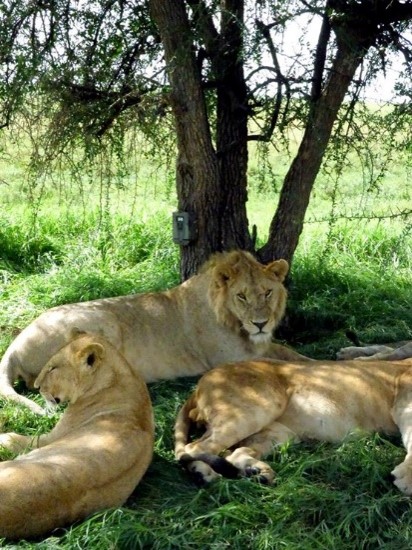
Lions lounge near a camera trap. Image: Meredith Palmer
Today’s camera traps are compact and versatile, capturing digital images along with environmental data like temperature and humidity. They’re discreetly placed in the wild, often secured to trees, and use modern heat and motion sensors to detect passing wildlife. The images and videos they capture provide valuable records of animal presence, shedding light on their health and behavior without bothering or scaring them. As such, we’re able to capture unique insights into the animals’ secret lives in a way that’s not possible without technology.
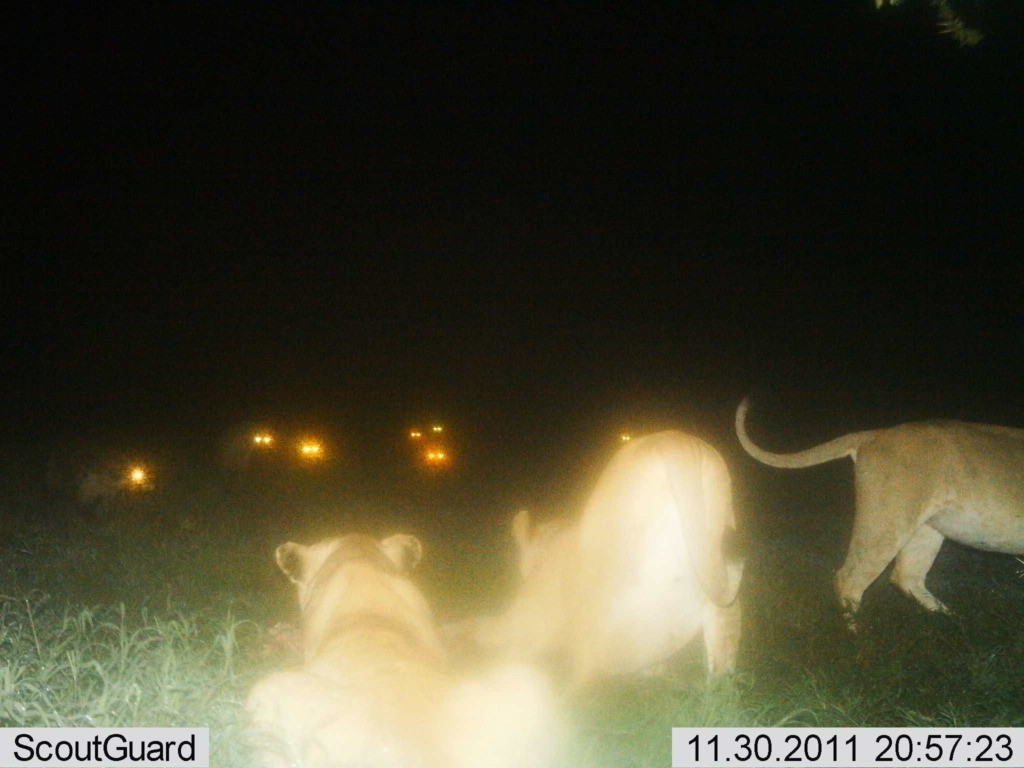
A nighttime standoff? What do you think is going on in this picture? Image supplied by Meredith Palmer
I’ve been using camera traps in Africa and North America for over a decade, and – even though I work in some of the most intensively studied ecosystems on the planet – they continue to surprise me with new discoveries. One of our most memorable finds was in Africa, where our cameras caught images of birds snuggled up for the night inside of giraffe armpits! It turns out that these birds were a species of oxpeckers, which feast on the ticks that infest large mammals. In essence, these giraffes were functioning like a bed and breakfast!
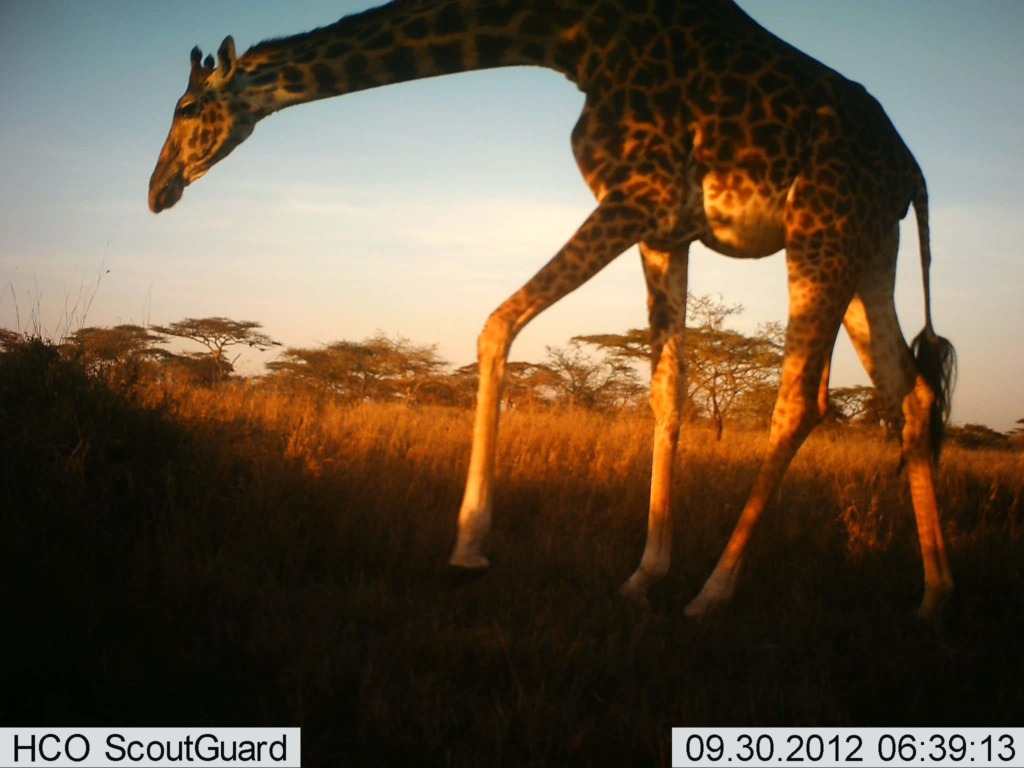
A giraffe or, um, a bed and breakfast? Image supplied by Meredith Palmer
We also capture lots of fabulous animal selfies – sometimes, these curious faces are the last thing a camera sees before it gets eaten! Highly intelligent animals like baboons, elephants, and hyenas like to investigate our cameras and seem to take great pleasure in poking, prodding, and sometimes chowing down on our valuable research equipment.
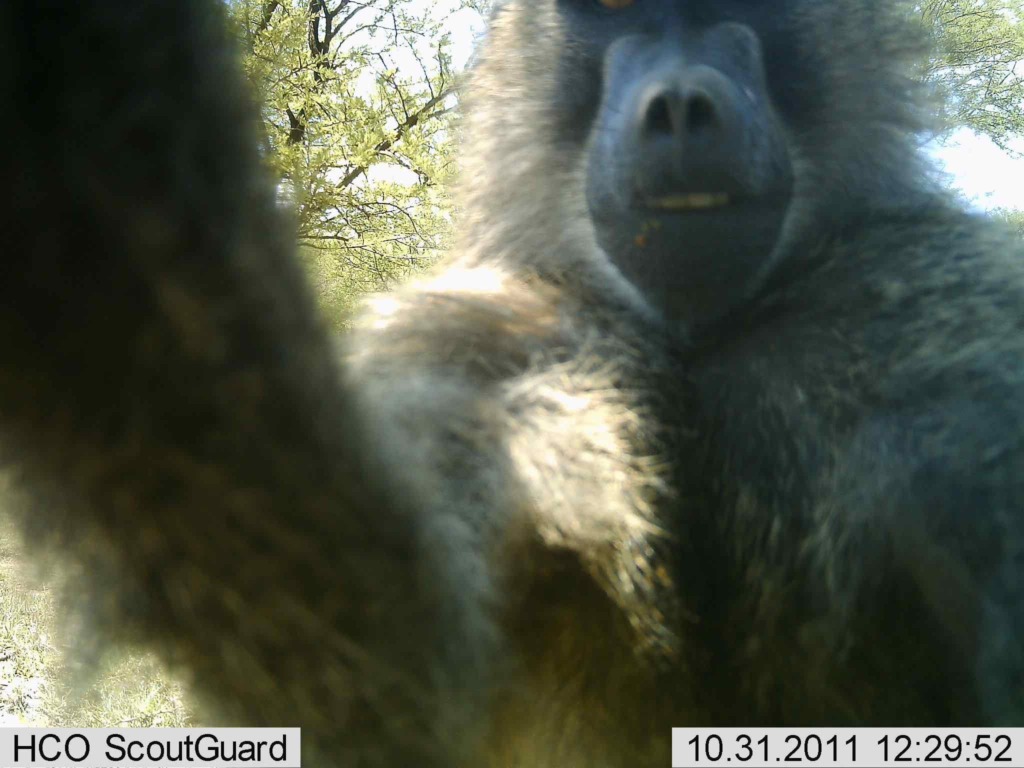
A baboon captures a selfie. Image: Meredith Palmer/Snapshot Serengeti

A cheetah stops for a yawn in front of a camera trap in Serengeti National Park. Image: Meredith Palmer/Snapshot Serengeti
Conservation tech for kids
Mongabay Kids: Can you recommend any conservation technologies that kids can use to help monitor or care for the environment? Or, any citizen science opportunities that are a good entry point for young scientists?
Meredith: There are so many exciting ways to use technology to get involved in wildlife conservation!
If you’re into wildlife monitoring and camera traps, check out Unseen Empire, a free mobile game where you can re-enact the research process using data from one of the world’s largest camera trap studies. Identify species, including the endangered cloud leopard, in the tropical forests of Myanmar and reveal real data gathered by scientists!
For those eager to help scientists analyze incoming data, be sure to explore the dozens of citizen science projects on the Zooniverse. You can assist in tasks like identifying seals in aerial drone images or classifying sea life in videos gathered by special underwater cameras. You might even spot some familiar armpit birds in the African camera trap data on Snapshot Serengeti!
As technology becomes more affordable and accessible, you can get your hands on tools like camera traps for as little as $50. Set up a few in your backyard to see what wildlife co-inhabit your community! There are also gadgets that enhance the capabilities of devices you might already own, like smartphone plug-ins that let you record the ultrasonic calls of bats.
You can also learn the basics of building and coding tech devices like Raspberry Pi or Arduino, which form the core of many of the emerging inventions used by wildlife biologists! Keep an eye out for after-school programs and clubs such as OceanAlliance Robotics Club or the Arribada Club, where you can explore and create tech tools in a fun and engaging environment.
Remember, you don’t have to be a tech expert to start exploring what technology has to offer for wildlife conservation. Try out some of these emerging innovations and join the effort to protect our planet’s wildlife and wild places!
Meredith Palmer
Meredith’s journey into conservation tech:
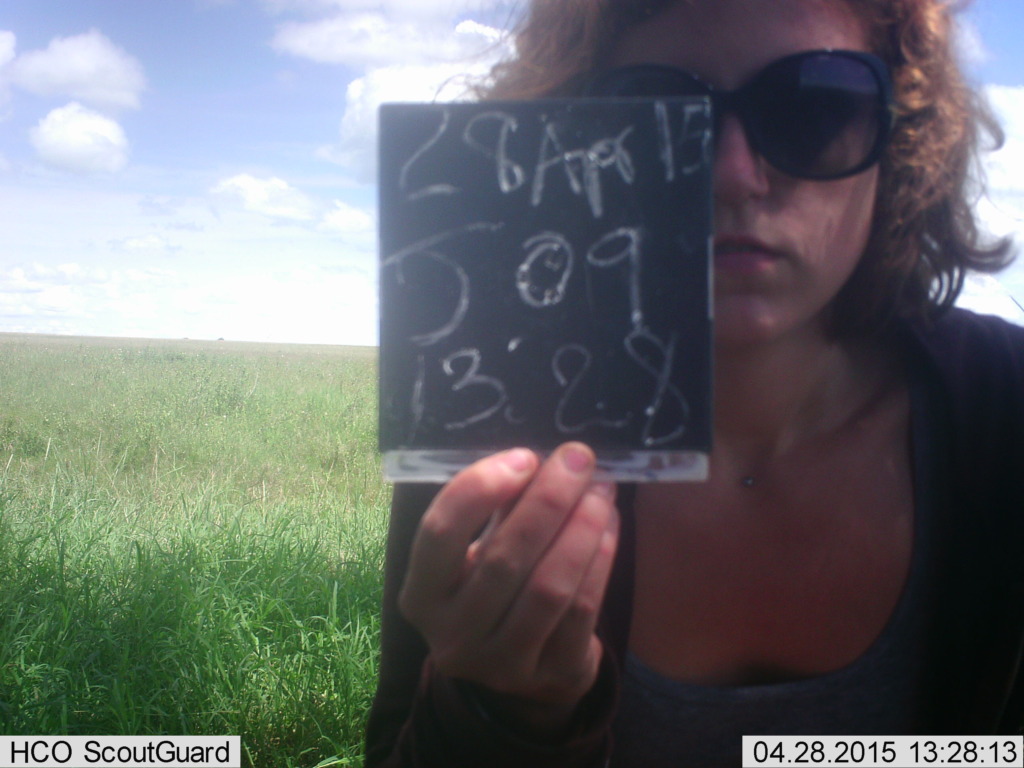
Meredith in the field setting up a camera trap. Image: Meredith Palmer
Meredith has been nature-curious and excited about the outdoors since an early age, leading to her pursuing zoology during her undergraduate studies. After graduation, she dived into fieldwork, spending several years supporting projects ranging from the study of fish evolution in the Caribbean to exploring the ecology of invasive snakes in the South Pacific.
Despite their intricate and engrossing biodiversity, Meredith eventually became tired of always being moist working in tropical systems and went back to school to get her PhD! There, she worked with the Serengeti Lion Project in East Africa to improve our understanding of predator-prey interactions, a journey that later extended to supporting carnivore protection and reintroduction initiatives across Africa and North America.
To monitor communities of carnivores and the herbivores they eat across large landscapes and through months, seasons, and years, Meredith began to rely heavily on emerging technological innovations to track these complex ecosystems – a path that ultimately led her to start the conservation technology department at a wildlife conservation NGO. Today, Meredith supports projects around the world, working at the intersection of conservation and technology to drive innovation and impact in conservation efforts.
Meredith is featured on the PBS/BBC series Life at the Waterhole and has recently helped with the creation of a savanna ecology board game, released by SimplyFun. Learn more about Meredith and her science and outreach activities on her website.
Meredith speaks to Mongabay.com:
You may like these stories:
New tech can capture small animals in 3D
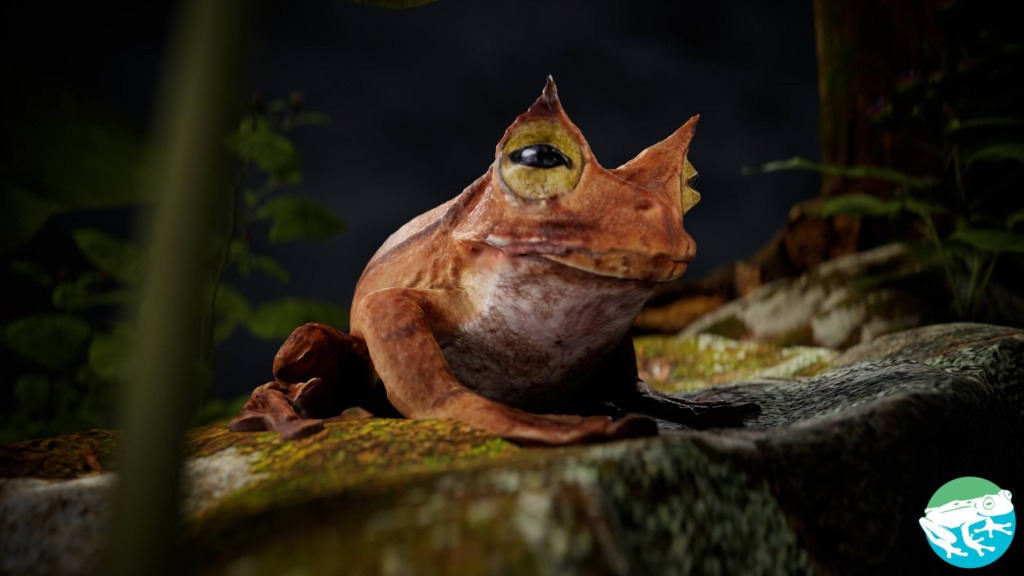
Seals help scientists study the Southern Ocean
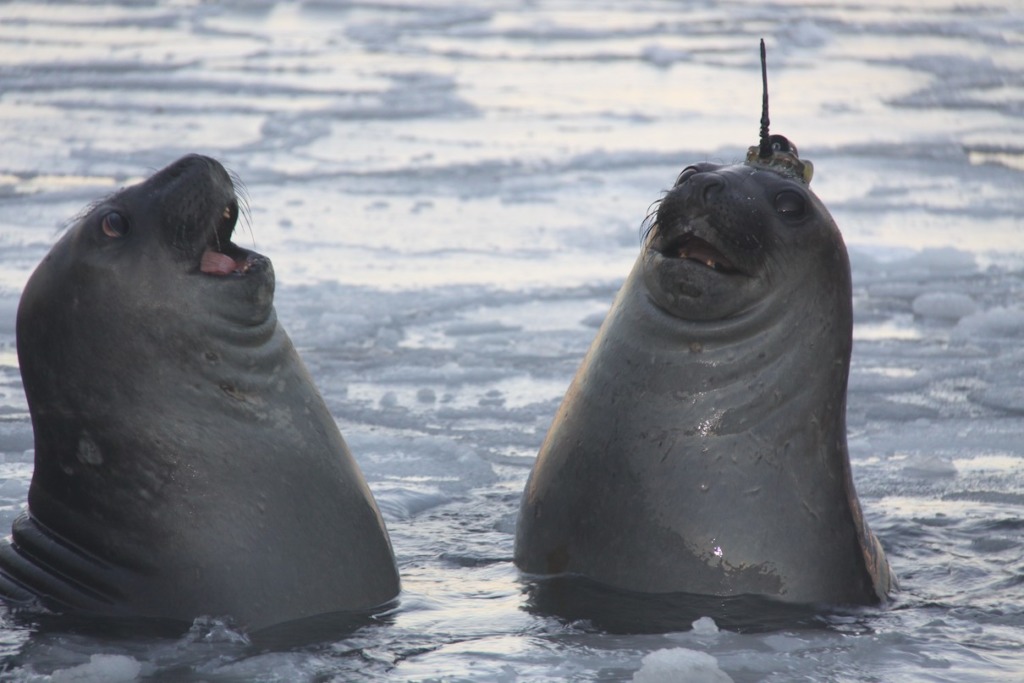
What does the Amazon forest sound like?
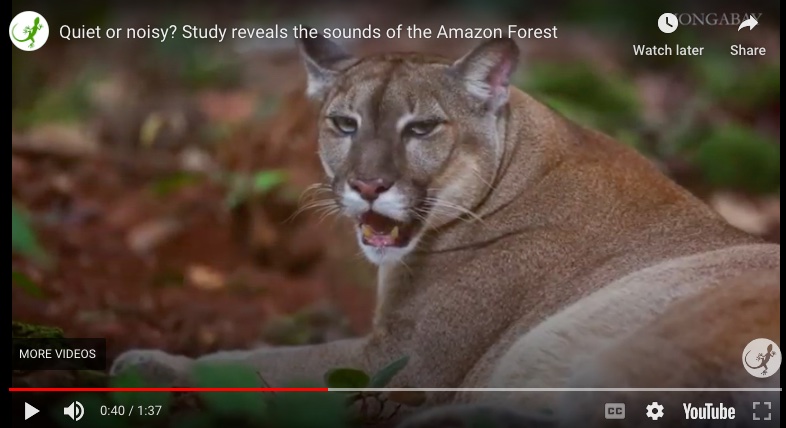
*Mongabay Kids is not responsible for content published on external links. Mongabay does not endorse the products or services in this story.

